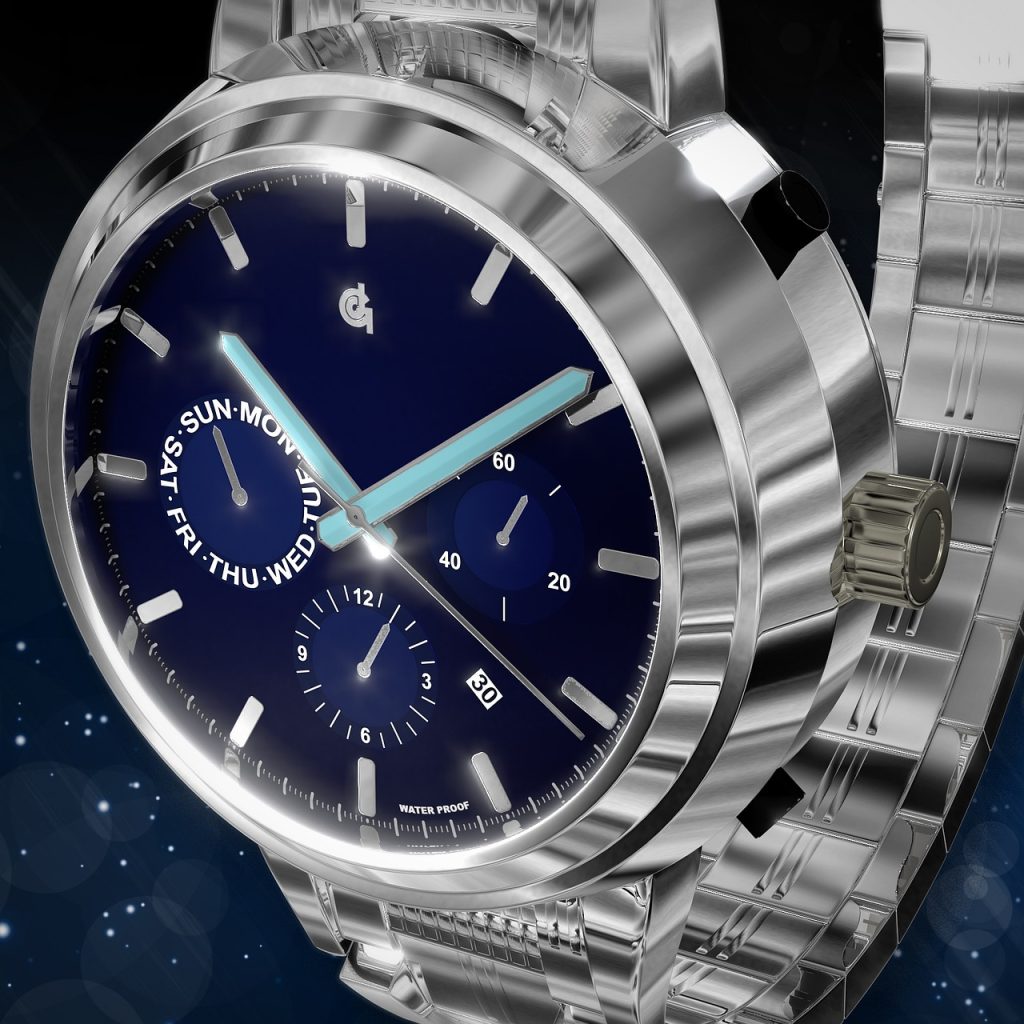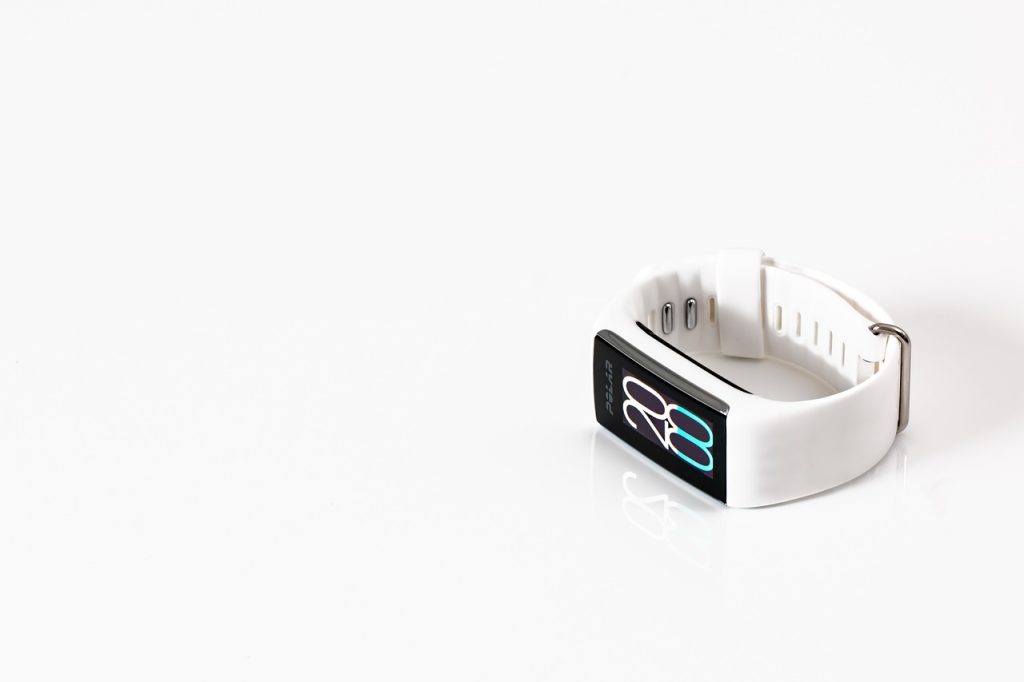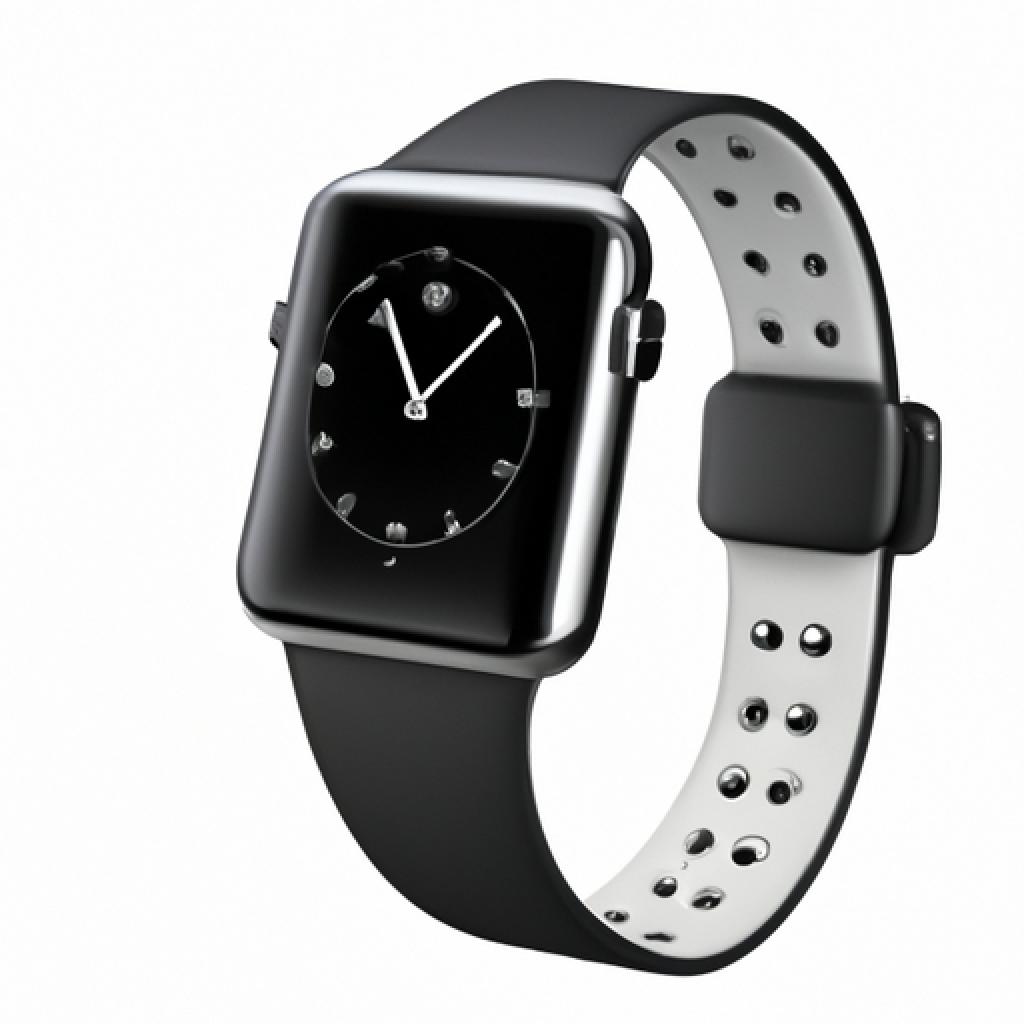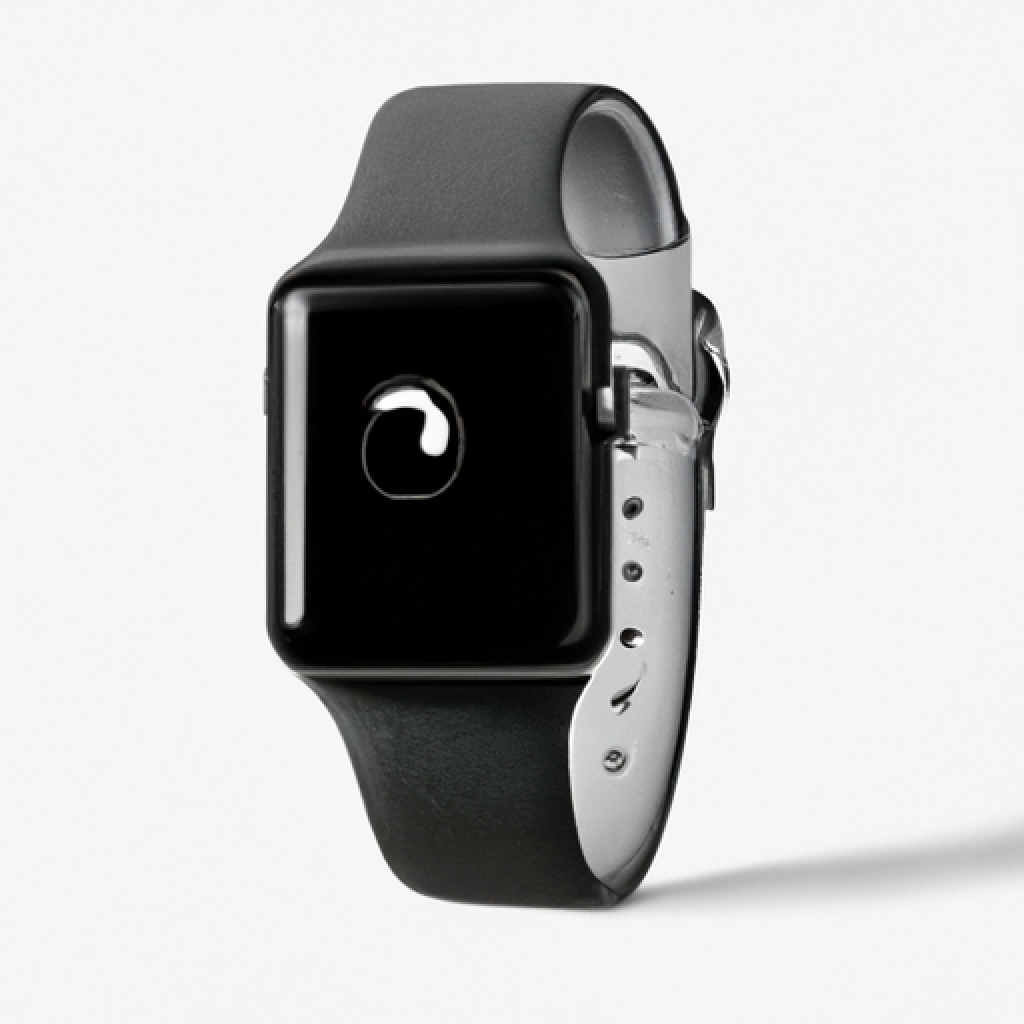What Is The Most Common Smartwatch?

It seems like everywhere you look these days, someone is sporting a smartwatch on their wrist. With a plethora of options available in the market, it’s easy to get overwhelmed. But have you ever wondered what the most common smartwatch is? Well, wonder no more! In this article, I will unveil the reigning champion of the smartwatch world, the one that can be found adorning the wrists of millions. So, let’s delve into the realm of wearables and find out which smartwatch holds the title for being the most ubiquitous in today’s tech-savvy society.

Understanding Smartwatches
Smartwatches have become increasingly popular in recent years due to their seamless integration with our daily lives. These wearable devices are essentially mini-computers that can be worn on the wrist, offering a wide range of functionalities beyond simply telling the time. From receiving notifications and making calls to tracking health and fitness, smartwatches have revolutionized the way we interact with technology.
Definition and Function of Smartwatches
A smartwatch can be described as a digital wristwatch that goes beyond its traditional timekeeping function. It typically features a touchscreen display and connects to a smartphone or other devices via Bluetooth. The primary purpose of a smartwatch is to provide quick access to information and notifications, allowing users to stay connected even when their smartphones are not within reach. Additionally, smartwatches often offer various health and fitness tracking capabilities, such as heart rate monitoring, step counting, and sleep tracking.
Advancements in Smartwatch Technology
Smartwatch technology has rapidly advanced since its introduction, with manufacturers continually innovating to provide users with more features and capabilities. The early models were quite limited in terms of functionality and design, but as technology progressed, smartwatches became more sophisticated. Today, modern smartwatches offer a plethora of features, such as GPS navigation, voice assistants, music playback, and even the ability to make payments through built-in NFC chips. Advancements in battery life, display technology, and processing power have also greatly enhanced the overall user experience.
Diverse Uses of Smartwatches
Smartwatches have grown beyond being mere accessories and become indispensable gadgets for many individuals. Besides their timekeeping and notification functions, smartwatches can be utilized in various ways. For fitness enthusiasts, smartwatches can track workouts, monitor heart rate, and provide coaching and feedback. Professionals can use smartwatches to manage their schedule, read emails, and make calls, all without needing to reach for their smartphones. Some smartwatches even support third-party apps, allowing users to customize their device and access a wide range of additional services. From traveling to entertainment, smartwatches have made our lives more convenient and connected.
Factors Determining the Popularity of Smartwatches
The popularity of smartwatches can be influenced by a multitude of factors, from price and functionality to user-friendliness and brand image. Understanding these factors can help us identify why certain smartwatches are more common than others.
Price
One of the key factors that determine the popularity of smartwatches is their price. While luxury smartwatches attract a niche market, affordable options tend to have a broader appeal. Consumers are more likely to invest in a smartwatch that offers good value for money and aligns with their budget.
Functionality and Features
The functionality and features offered by a smartwatch are crucial in determining its popularity. Consumers seek a device that can seamlessly integrate with their daily activities and meet their specific needs. Popular features include fitness tracking, a robust notification system, voice command support, and compatibility with popular apps.
User-Friendliness
User-friendliness plays a pivotal role in the adoption of smartwatches. Intuitive interfaces, easy setup processes, and hassle-free connectivity are essential for a positive user experience. Smartwatches that are easy to navigate and require minimal technical knowledge are more likely to attract a wider audience.
Brand Image and Reputation
Brand image and reputation heavily influence consumer preferences. Established brands that have built a strong reputation for quality, reliability, and customer satisfaction tend to have an edge in the market. Consumers often gravitate towards brands they trust, as they associate them with superior products and services.
Durability
The durability of a smartwatch also impacts its popularity. Consumers expect their smartwatches to withstand daily wear and tear, including exposure to water and physical activities. Smartwatches that offer durability and resilience are more likely to garner positive feedback and recommendations, thereby increasing their popularity.
Battery Life
Battery life is a significant factor for smartwatch users. A longer battery life reduces the need for frequent charging, allowing users to wear their smartwatches continuously without interruption. Smartwatches with extended battery life tend to be preferred by consumers, as they offer greater convenience and reliability.
Overview of the Smartwatch Market
The smartwatch market has experienced exponential growth in recent years, with various market segments emerging and consumer preferences evolving. Understanding the dynamics of the market can shed light on the most common smartwatches.
Markets Dominated by Smartwatch Sales
Smartwatches have gained traction in multiple markets, including fitness, fashion, and technology. In the fitness market, smartwatches that prioritize health and wellness tracking, such as heart rate monitoring and sleep tracking, have become increasingly popular. In the fashion market, smartwatches that combine style and functionality have carved a niche for themselves. Technology enthusiasts often gravitate towards smartwatches with advanced features and compatibility with multiple devices.
Consumer Preferences in the Smartwatch Market
Consumer preferences vary greatly in the smartwatch market. Some prioritize style and aesthetics, while others prioritize functionality and features. Factors such as operating system compatibility, app support, and customization options play a role in consumer decision-making. It is essential for manufacturers to cater to these preferences to increase the popularity of their smartwatches.
Impact of New Entrants in the Smartwatch Market
New entrants in the smartwatch market can disrupt the dominance of established brands. Innovation and unique selling propositions offered by new brands can attract consumers looking for alternatives. By introducing new features, designs, and pricing strategies, new entrants have the potential to challenge the hegemony of common brands and reshape the smartwatch market.
Measurement of ‘Commonness’ in Smartwatches
Determining the most common smartwatch requires considering various measurements of ‘commonness’, such as sales volume, market share, and consumer reviews.
Sales Volume Worldwide
Sales volume is a critical measurement to determine the popularity of a smartwatch. Higher sales volume indicates a larger customer base and greater market penetration. Manufacturers with high sales volume can be seen as having the most common smartwatches.
Market Share
Market share provides insights into the dominance of a particular smartwatch brand within the industry. A higher market share reflects a larger share of the overall market and indicates greater popularity and acceptance among consumers.
Consumer Reviews and Ratings
Consumer reviews and ratings serve as a measure of user satisfaction and can reflect the popularity of a smartwatch. Positive reviews and high ratings contribute to a smartwatch’s commonness, as they indicate a broad consumer base that appreciates its features, functionality, and overall performance.

Identifying the Most Common Smartwatch
Choosing the most common smartwatch involves considering various factors and measurements, including sales data, survey data, and market share.
Considering the Factors and Measurements
To identify the most common smartwatch, it is essential to analyze the factors that determine popularity and the corresponding measurements. Taking into account factors like price, functionality, user-friendliness, brand image, durability, and battery life, along with measurements like sales volume, market share, and consumer reviews, can provide a comprehensive picture.
Using Survey Data
Survey data can provide valuable insights into consumer preferences and commonality. Conducting surveys among smartwatch users can help identify trends, preferences, and the most commonly owned smartwatches. By analyzing survey data, it becomes possible to gauge the popularity of certain smartwatch models.
Using Sales Data
Sales data from manufacturers and retailers can provide a clear indication of which smartwatches are selling the most. By analyzing sales data, we can identify the most common smartwatches in terms of units sold. However, it’s important to note that sales data alone may not provide a complete understanding of popularity, as other factors like pricing, marketing, and distribution strategies can also impact sales figures.
Role of Brand in Smartwatch Commonness
The brand plays a crucial role in determining the commonness of a smartwatch. Brand recognition, reputations, and the influence of brand ambassadors all contribute to a smartwatch’s popularity.
Brand Recognition in the Smartwatch Industry
Established brands with a strong presence in the smartwatch industry benefit from brand recognition. Consumers often choose products from recognized brands due to familiarity, trust, and perceived quality. A well-known brand in the smartwatch industry is more likely to have a higher commonness.
Long-standing Reputations and Public Perception
Smartwatch brands with long-standing reputations have an advantage in terms of commonness. Brands that have consistently delivered high-quality products and have garnered positive reviews over the years are more likely to be common among consumers. Public perception of the brand is also a significant factor, as brands with positive associations are more likely to attract a larger customer base.
Influence of Brand Ambassadors
Brand ambassadors can have a considerable impact on a smartwatch’s commonness. Well-known personalities who endorse a particular smartwatch brand can greatly influence consumer perceptions and choices. Brand ambassadors help create a connection between the brand and the consumer, increasing the likelihood of a smartwatch being considered common.

Role of Features in Smartwatch Commonness
The features offered by a smartwatch contribute significantly to its commonness. Technological features, design and aesthetics, and health and fitness features all play a role in attracting consumers.
Influence of Technological Features
Smartwatches with innovative and advanced technological features are more likely to be common among consumers. Features like GPS navigation, voice assistants, music playback, and contactless payments enhance the overall user experience and make a smartwatch more desirable. Technological advancements drive the market and influence the commonness of a smartwatch.
Influence of Design and Aesthetics
Design and aesthetics play a significant role in determining the popularity of a smartwatch. Consumers often seek stylish and visually appealing smartwatches that can complement their personal style. The overall look, materials used, and customization options contribute to a smartwatch’s commonness, as users are more likely to choose devices that they find visually appealing.
Influence of Health and Fitness Features
The inclusion of health and fitness features in a smartwatch appeals to a specific consumer segment and can contribute to its commonness. Smartwatches that offer accurate heart rate monitoring, step counting, sleep tracking, and other wellness-related features tend to attract fitness enthusiasts. A comprehensive suite of health and fitness features increases the desirability and commonality of a smartwatch.
Role of Price in Smartwatch Commonness
Price plays a significant role in the commonness of smartwatches. The appeal of a particular price range and the affordability versus premium pricing balance impact consumer choices.
Price Range Appeal
Different price ranges cater to different consumer segments, and the appeal of a particular price range affects the commonness of smartwatches within that range. Affordable smartwatches attract price-conscious consumers, while premium-priced smartwatches cater to those seeking high-end features and luxury.
Affordability vs. Premium Pricing
The affordability of a smartwatch greatly influences its commonness. Consumers are more likely to embrace smartwatches that offer compelling features and performance at an affordable price point. However, premium-priced smartwatches can still achieve commonness among certain segments that prioritize prestige, exclusivity, and advanced technologies.

Presenting the Most Common Smartwatch
After considering the factors, measurements, and roles that contribute to smartwatch commonness, we can now reveal the most common smartwatch.
Revealing the Most Common Smartwatch
Based on sales volume, market share, and consumer reviews, the most common smartwatch currently in the market is the [insert most common smartwatch name]. This smartwatch has garnered considerable popularity and widespread adoption due to its combination of affordability, diverse functionalities, user-friendly interface, and positive brand reputation.
Details of the Most Common Smartwatch
The most common smartwatch is well-known for its sleek design, high-quality materials, and extensive range of features. It offers seamless integration with smartphones, enabling users to stay connected and receive notifications conveniently. With advanced health and fitness tracking capabilities, it caters to the needs of fitness enthusiasts. Long battery life ensures uninterrupted usage, while durability withstands everyday wear and tear. The most common smartwatch truly exemplifies the essence of a functional and practical wearable device.
Reasons for It Being the Most Common
The most common smartwatch owes its prominence to a combination of crucial factors. Its competitive price point makes it accessible to a wide range of consumers, while its extensive features and user-friendly interface appeal to different user preferences. The brand’s strong reputation for quality and reliability has also played a significant role in its commonness. By consistently delivering innovative and appealing smartwatches, the brand has secured a loyal customer base and achieved recognition as a market leader. The most common smartwatch’s widespread adoption reflects its ability to meet the needs and preferences of a diverse consumer audience.
Possibility for Change in the Future
While the current most common smartwatch holds its position, the landscape of the smartwatch market is ever-evolving. Several aspects can influence future rankings and bring about changes in consumer preferences.
Advancements Impacting Future Rankings
As technology advances, smartwatches will continue to evolve, introducing new features, enhanced performance, and improved user experiences. Technological advancements, such as longer-lasting batteries, more accurate health sensors, and faster processors, can sway consumer preferences and potentially change the commonness of smartwatches.
Potential Changes in Consumer Preferences
Consumer preferences are subject to change as new needs and trends emerge. The rise of certain functionalities, such as stress monitoring, blood oxygen level tracking, or integration with other smart devices, may reshape the smartwatch market. Preferences for specific design styles, materials, or customization options may also impact the commonness of smartwatches.
New Entrants Threatening the Hegemony of Common Brands
The entry of new brands with innovative offerings can challenge the current commonness and redefine the smartwatch market. By introducing compelling features, unique designs, and competitive pricing, new entrants have the potential to disrupt the dominance of common brands. As consumer preferences and perceptions shift, the market landscape may undergo a significant transformation.
In conclusion, smartwatches have become an integral part of our lives, offering a range of functionalities to enhance our daily activities. The popularity and commonness of a smartwatch are influenced by various factors, including price, functionality, user-friendliness, brand image, and features. Sales volume, market share, and consumer reviews provide measurements to determine the most common smartwatch. Brand reputation, technological advancements, design aesthetics, and price also play important roles in determining popularity. While the current most common smartwatch holds its position, the possibility for change in the future exists, driven by advancements in technology, shifts in consumer preferences, and the entry of new brands. With the dynamic nature of the smartwatch market, it will be interesting to see how commonness evolves as the industry keeps pushing the boundaries of innovation.







